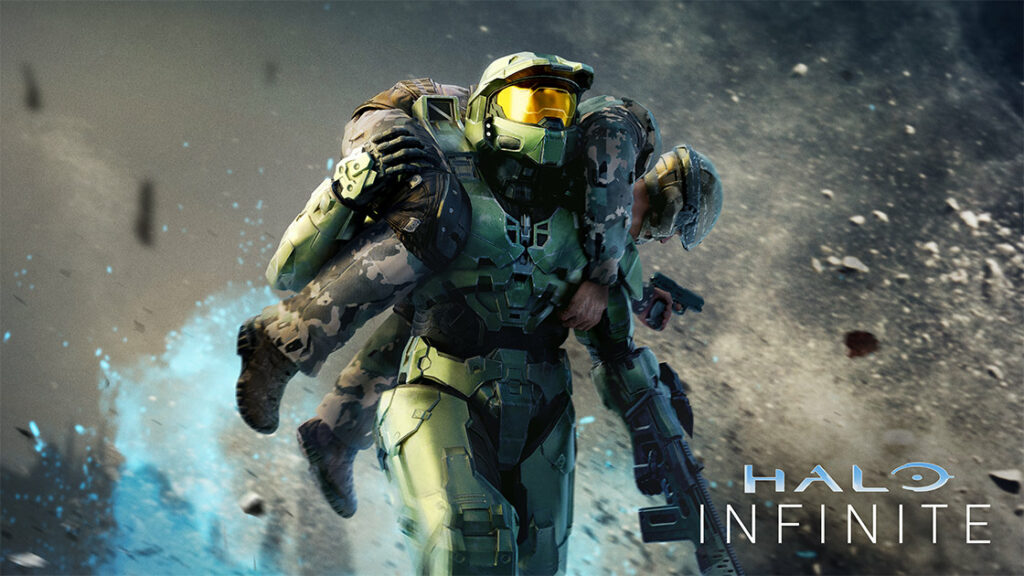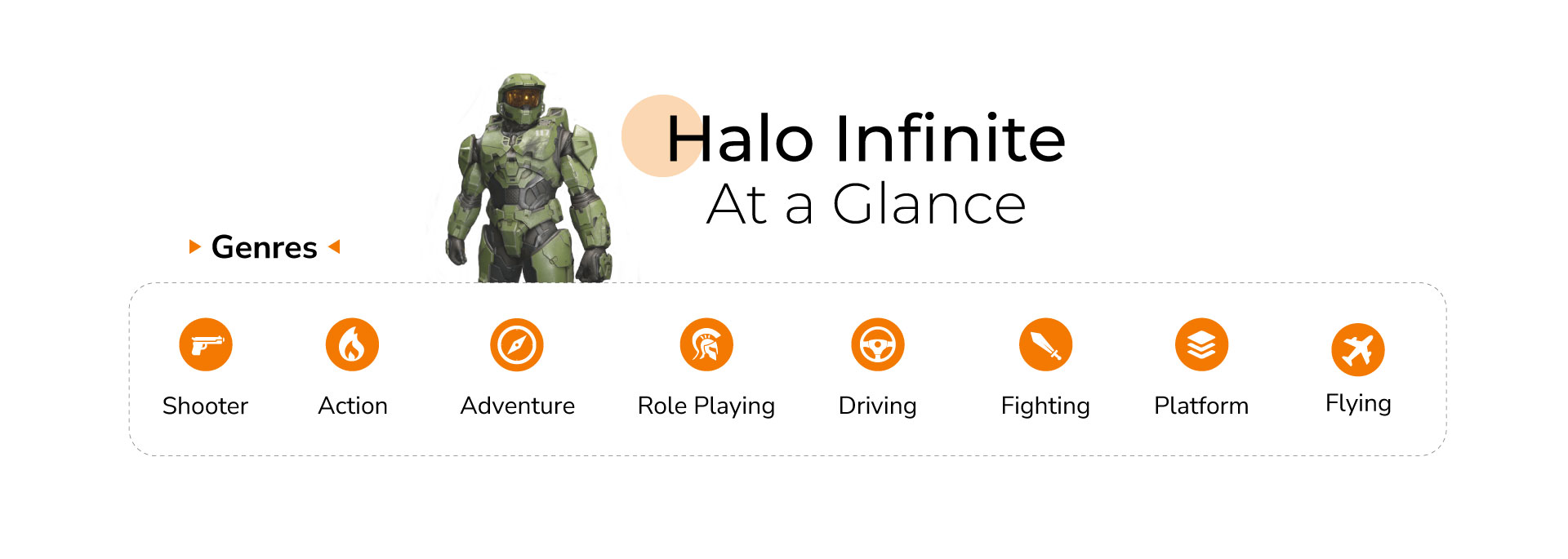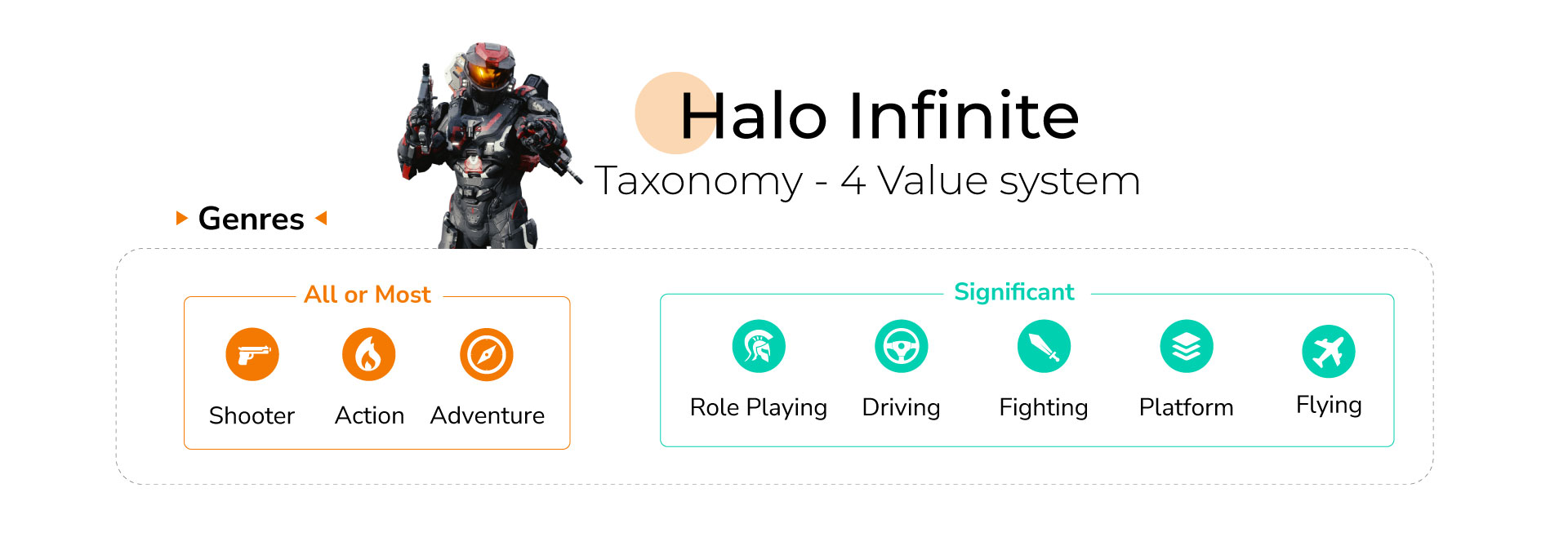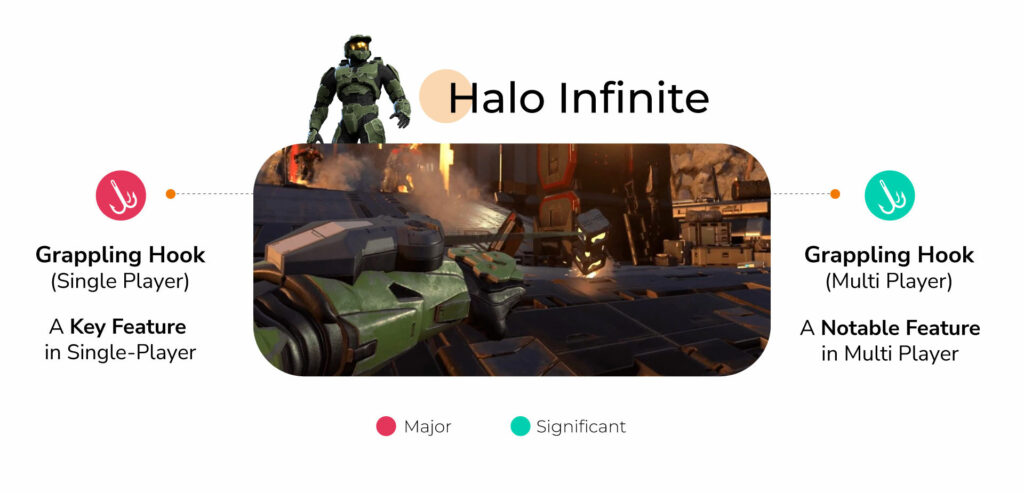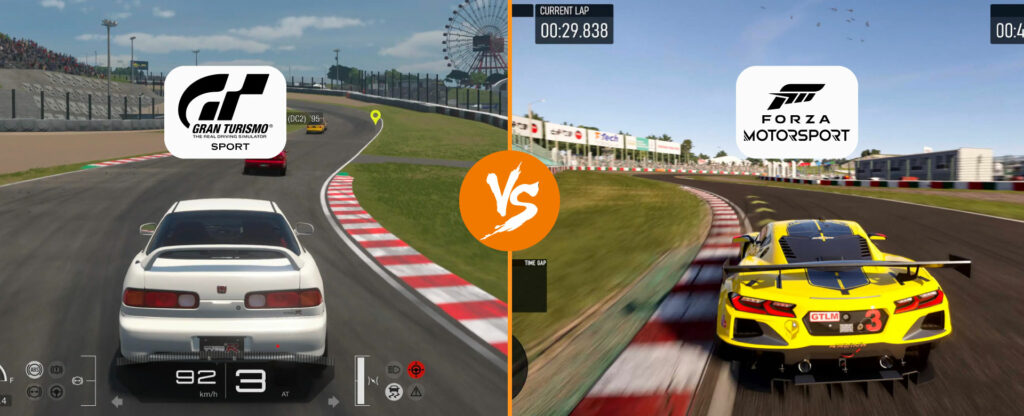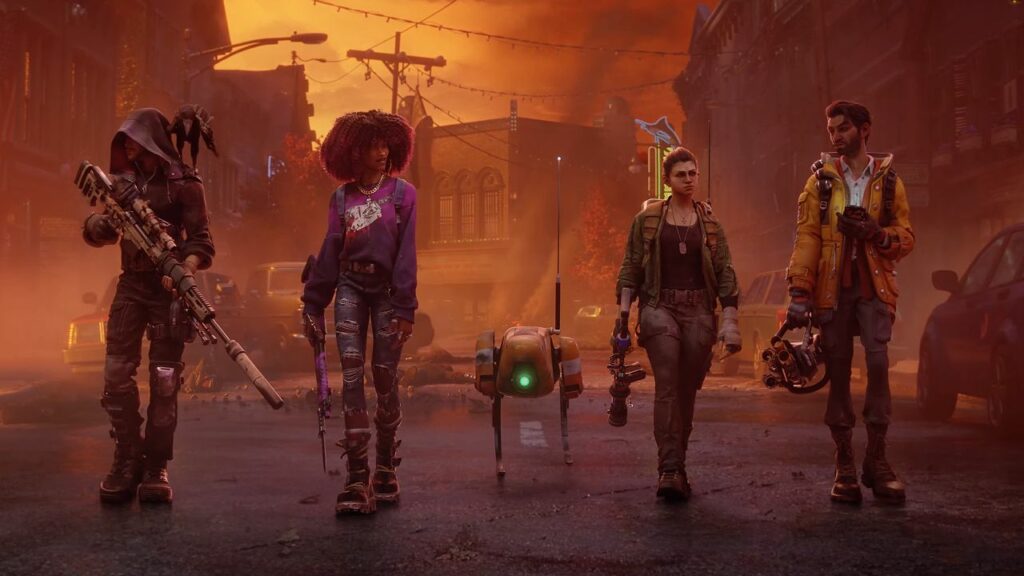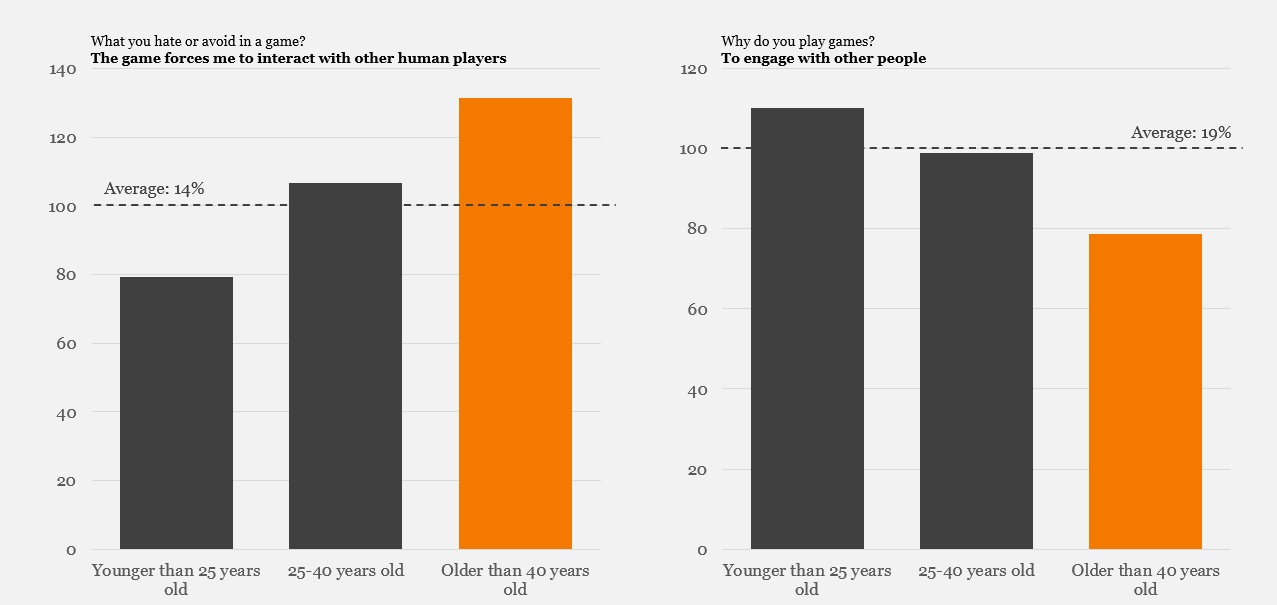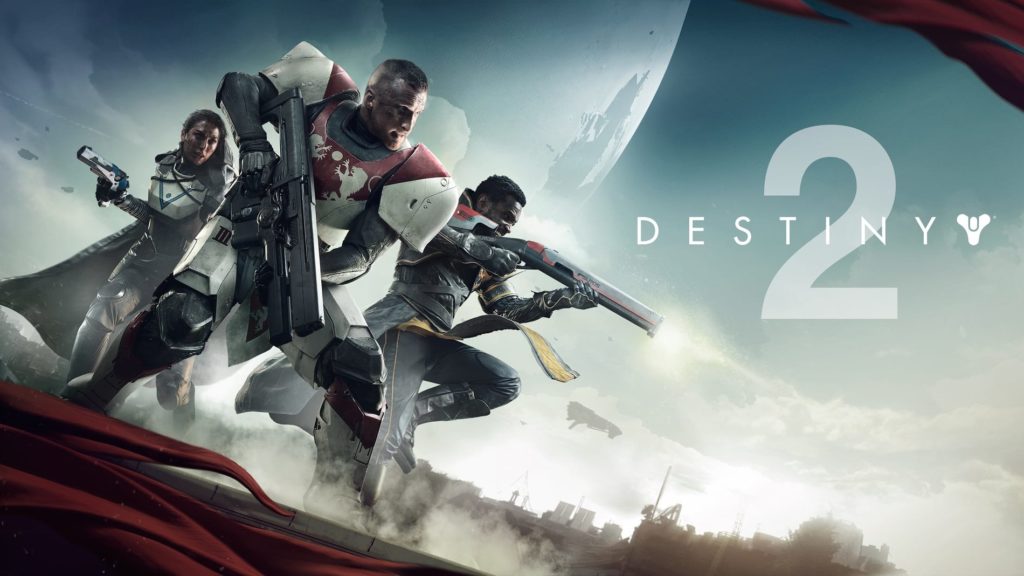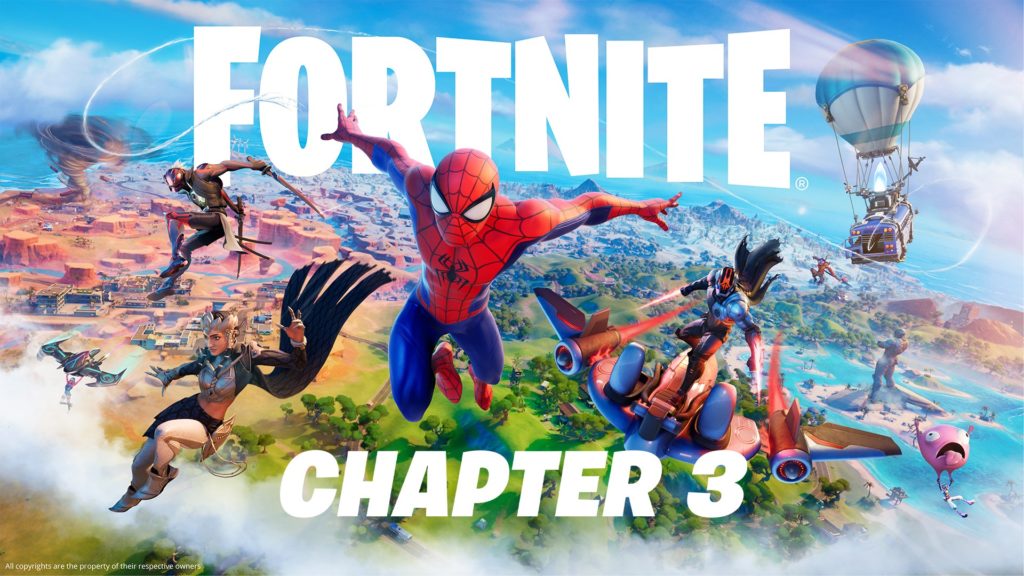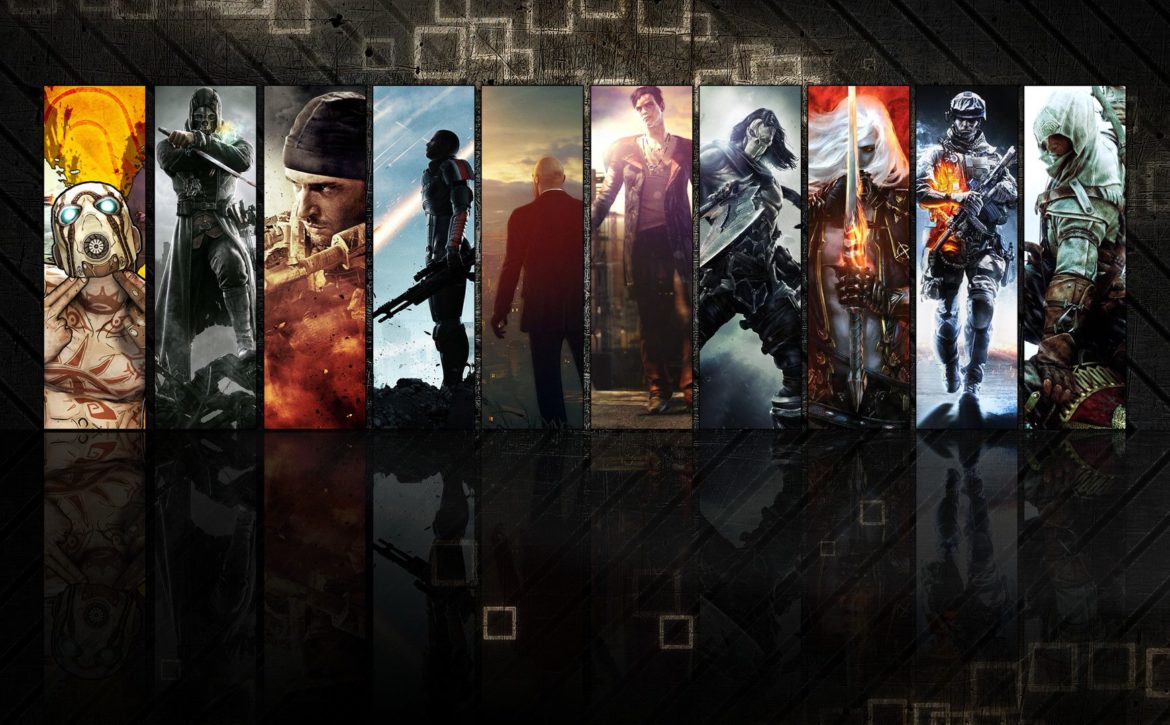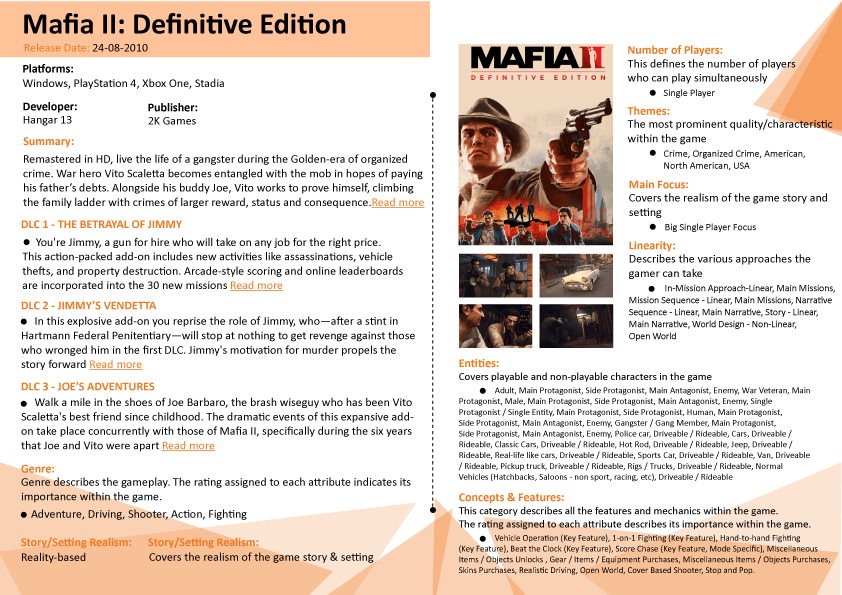How our Genre Taxonomy Powers Game Design and Discovery
The gaming industry is not only more lucrative than the movie and music markets combined, it is also expanding at a dizzying pace. The industry is projected to grow at a rate of nearly 10% per year in the next four years to reach a market value of more than $360 bn. By 2027, there will be 3 billion gamers worldwide, constituting nearly half the global population. Xbox estimates that over 800000 games are currently available across various platforms, and this number will only grow as the market grows.
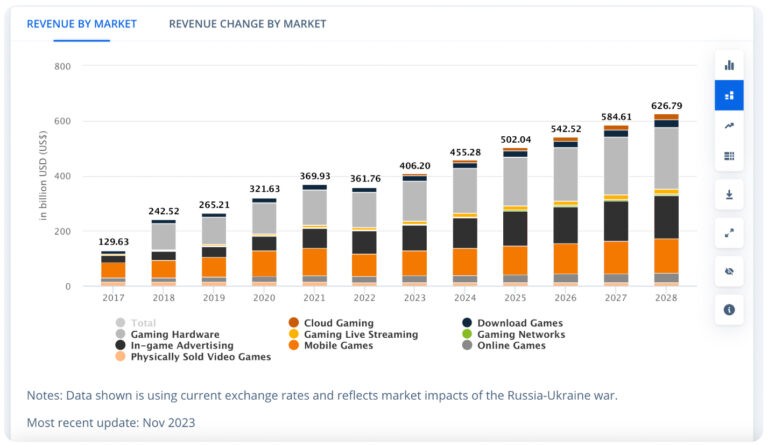
But game development is such a risky business that a company has actually come up with an AI de-risking tool that parses a developer’s game concept to see if it’s already been done, and then estimates the idea’s chances of success. The industry is big, but the risks are even bigger. As the number of games increases, e-retailers and subscription platforms will also be hard-pressed to provide tailored recommendations to guide thousands of users to the few standout games they want.
In this blog, we will discuss how our genre taxonomy can power game design, and how our genre labels can organise a game e-retailer’s storefront into a coherent game library perfectly suited for discovery and conversions.
Empowering Developers
In a previous blog, we discussed how our game taxonomy resolves the confusion that results when there is no standard by which genre labels are defined and assigned to various games. This ‘genre muddle’ can handicap game makers, thwarting any attempt at informed game design because they lack a clear blueprint for the type of game they are making. Our robust taxonomy, however, can drive game design choices, allowing developers to allocate costly resources in the right way and even empowering them to reach and surpass their design goals.
This is because our core genre labels allow us to class a variety of seemingly disparate games accurately. This is why we need not rely on marketing to determine that Immortals of Aveum (2023) is a first-person magic shooter; the shooter genre label already accounts for aiming magic projectiles. Even a platformer doesn’t need to be 2D: Sony’s Spider-man games have elements of the platformer – Spider-Man can swing past entire city blocks and land on various ‘platforms’ such as roof-tops and even window panes simply by web slinging. This approach to genre enables a game developer to envision shooters without guns, platformers without jumping, and simulations of impossible worlds where faster-than-light travel is a mundane reality. In essence, our genre definitions, by their very nature, inspire innovations.
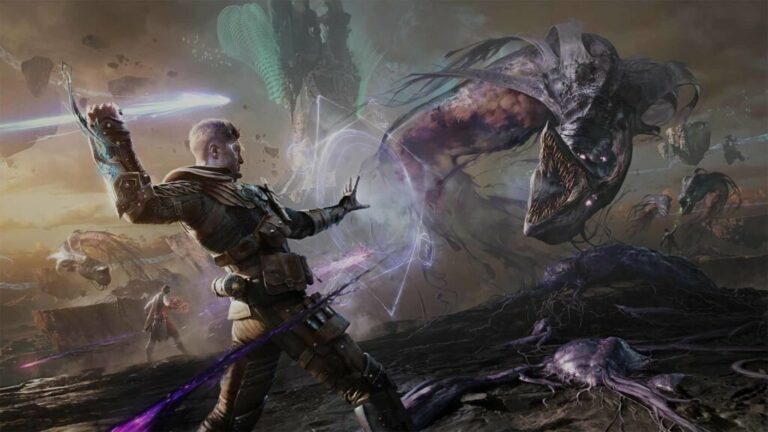
In subsequent sections, we will discuss how our genre taxonomy can expand a designer’s vision if they pay attention to key game concepts assigned to games – such data points can become a well of inspiration, potentially transforming the developer’s original idea, especially when they mix and match features from various games to create an entirely new interactive experience.
We will also discuss the challenges of making a game like the souls-like, as the term is a descriptor rather than a well-defined genre in its own right. As such, it requires a particularly strong taxonomy so that the developer can nail down exactly what a souls-like must have, allowing them to create novel variations on a popular template.
Broadening the Creative Vision
In our taxonomy, Portal (2007) is tagged with a data point named ‘environmental manipulation’, referring to the mechanic where you use a gun to shoot portals that instantly teleport the player or in-game objects to other areas of the puzzle enclosure. There are other, similar types of manipulation, however: in Control (2019), the player character can manipulate in-game objects with telekinesis. This is tagged as ‘physics manipulation’. The developer can create their own unique spin on game world manipulation by studying such games.

Moreover, in Portal, the mechanic and the narrative are not really linked: the portal gun is a mere utility, and Portal’s narrative is structured purely around the AI GLaDOS’s comical malice toward the player character.
However, Control ties its gameplay to its theme, setting and tone. The weird powers and items you can use seem to form an integral part of the eerie Federal Bureau of Control, which is tasked with containing and studying phenomena that violate the laws of reality. This close link between gameplay, tone and setting is reflected in our taxonomy. The developer can choose to make a game where the core mechanic and other elements are separate, or a game where the gameplay and other elements come together, and have a good chance of succeeding no matter what decision they take, because both Portal and Control are exhaustively analysed in the taxonomy.
One data point – environmental manipulation – can potentially transform a developer’s vision, making them seek other sources of inspiration to revise or even change their design goals.
Nailing the Souls-Like
When dealing with Portal or Control, the developer is working in a genre with a clear definition, allowing them to take calculated risks. However, the souls-like, or the rogue-like, are not core genres. The ‘souls-like’ was coined after the fact, when studios began to emulate the Dark Souls formula. How, then, can developers use our taxonomy to make such games? They can start with our exhaustive description of the souls-like.
What is a souls-like? A souls-like should contain all of these features:
- The player cannot change the difficulty level of the game.
- In combat, a few missteps lead to death. Moves like attacks and dodges cost stamina or some other resource, and leave the player vulnerable when this resource is depleted. The player will lose skill points and items on death, but may be able to reclaim lost resources by returning to where they died.
- Players must memorise the enemy’s attack patterns and placements to stand a chance of winning.
- The hazardous environment is difficult to traverse, and the player must also fight tough enemies placed in tricky areas.
- The player respawns at set locations which they have to reach and activate, and this automatically respawns all enemies except for defeated bosses.
- There is no direct narrative, it unfolds as the player explores the world.
The above is a precis of the full description in our taxonomy. Despite the difficulty of these games, Elden Ring sold 12 million copies within two weeks, and is still one of the most played games on Steam by concurrent players, proving that a masochistic gaming experience could actually be lucrative.
Our taxonomy contains more than a hundred games that fulfil the criteria mentioned above. A developer looking to emulate and innovate can study how each game delivered its own spin on the souls-like without compromising on its defining aspects.
For instance, Remnant: From the Ashes (2019) and its sequel are shooter souls-likes. The developer Gunfire Games seems to define the ‘shooter’ much like we do: you can’t fire a ranged weapon unless you are aiming, by pressing the gamepad left trigger or the right mouse button. If you don’t, you will swing your melee weapon instead. This makes for fast gunplay, and quick slashes simply by releasing the aim button.
In the Nioh games, your moves consume Ki, a magical substance, instead of stamina. In battle, you can perform a special move called the Ki pulse. This rapidly regenerates your Ki or stamina, but only if you time a button press perfectly, when blue lights coalesce around you after you perform an attack or other move. This encourages the player to remain in the melee, instead of dodging or running away.
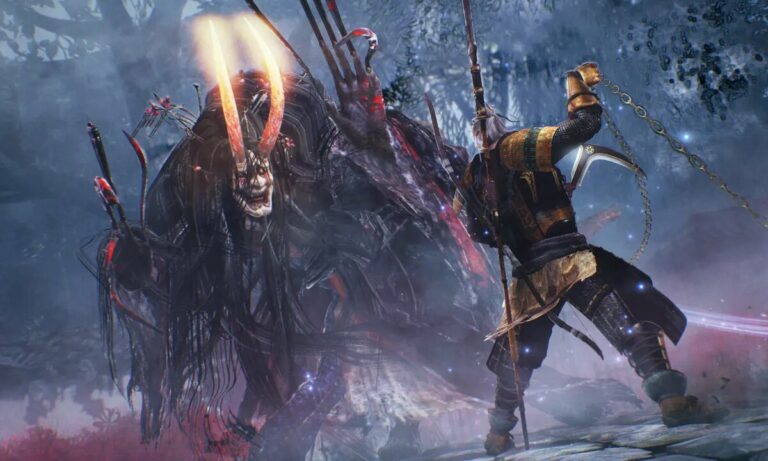
The Star Wars: Jedi games feature a difficulty slider, and are hence tagged with the data point souls-like combat, indicating that they are not true souls-likes but take inspiration from the combat in such games. These games give the player the thrill of being a Jedi knight, but make them earn that title with challenging combat. Unlike many souls-likes, which tend to have a dark fantasy theme, these games are set in the beautiful and vibrant Star Wars universe, and can encourage the developer to create a souls-like without its characteristic themes or vibes.
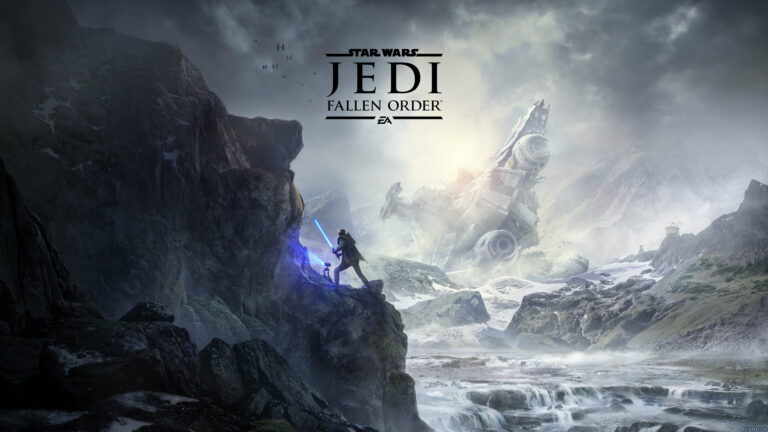
The rulesets for souls-likes, metroidvanias and roguelikes show what all such games have in common. The full taxonomies of such games show how each souls-like or roguelike is unique. And tags like souls-like combat offer more sources of inspiration. A developer can imagine what a souls-like could be, while the taxonomy grounds them in the reality of what a souls-like should be.
Reinventing Game Discovery
Whether a store is selling games or a subscription to its game library, game discovery is vital. As genre influences buying decisions across media, meaningful genre-based recommendations can guide users to the games they will enjoy.
According to the Entertainment Software Association (ESA), shooters have consistently ranked among the top five genres for the past three years, meaning a user is quite likely to search for shooters. Our taxonomy allows the user to both narrow and broaden their search to find the game best suited to their preferences.
If the user wants to narrow their focus, they can be presented with games belonging to shooter subtypes, such as the puzzle shooter Portal or the Borderlands looter shooters. They will also find the stop-n-pop Call of Duty titles and the run-n-gun Halo games.
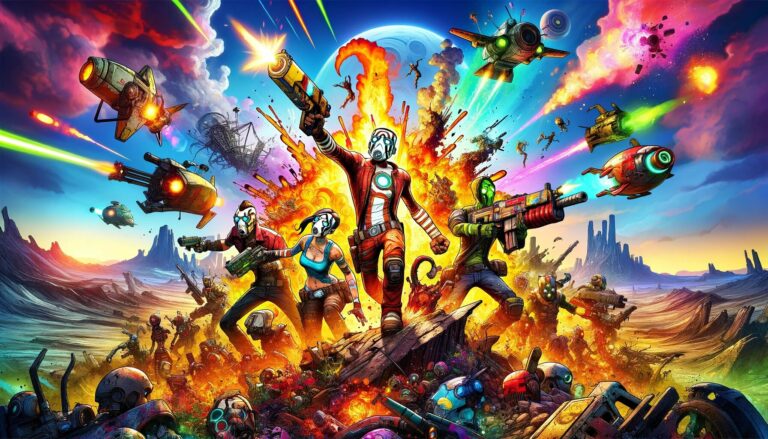
If the user wants to broaden their search, a toggle can populate the discovery queue with games that are predominantly shooters, but combine other genres as well (based on our four-value system), like Halo Infinite.
The taxonomy also deals properly with terms like action and action-adventure, which are applied indiscriminately as the industry lacks precise definitions for such terms. We have discussed how we deal with the action-adventure moniker in our blog on video game genres, we will provide a brief recap here.Action is a well-defined core genre in our taxonomy: these titles require quick reflexes and good hand-eye coordination, and test your proficiency at using an input device to achieve in-game objectives. As such, shooters, fighting games and even platformers count as action games because they test your manual dexterity. The adventure genre is also clearly defined: it features exploration and/or a strong narrative that gives the player a sense of participating in an adventure. So an action-adventure combines the skill-based mechanics of an action game with the narrative or exploration elements of an adventure game, both in good measure. But each action-adventure is distinguished by its core skill-based mechanic or gameplay loop, such as shooting or fighting, and the action-adventure label is appended to this core genre. No game is just an action-adventure – but it can be an action-adventure shooter, an action-adventure fighting game and so on.
If the gamer uses action-adventure as a filter, the storefront can choose not to display a single game directly under this term, and show action-adventure shooters, action-adventure fighting games and so on, under separate queues or carousels.
The user will not find the Call of Duty games under action-adventure shooters – while these games have basic story modes, they are primarily multiplayer player-vs-player games. However, he will see these games under action shooters. He will not find the Street Fighter games under action-adventure fighting, but will see games like Ghost of Tsushima (2020) or Sekiro: Shadows Die Twice (2019), as they have strong narratives.
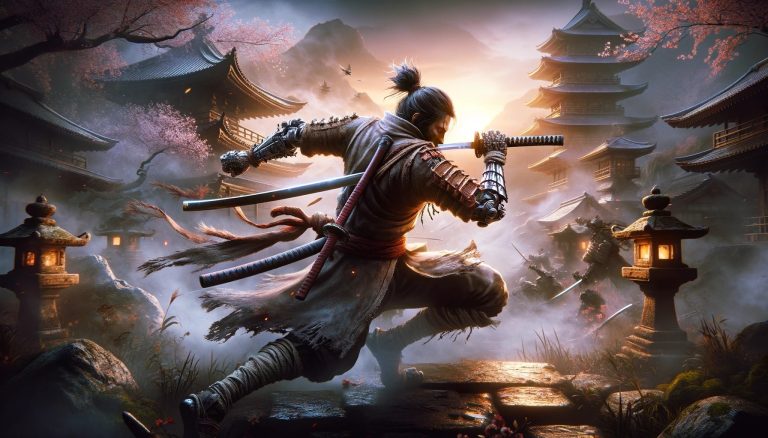
If the storefront or platform feels that action-adventure is so well-known that the user should get at least a few results directly linked to the term, it can create a single discovery queue with a few top-selling action-adventure shooters, fighting games and so on. A prompt under each game can then take the user to other action-adventures that belong to the same core genre. In effect, the user can search with loosely defined terms, but still get relevant and precise results.
Ultimately, our taxonomy gives a game platform or subscription service a way to help the user find what they really want, rather than bombarding them with pages full of results under catch-all terms. The need for such an organised game library will only grow as more games are published and more people turn to gaming.
Conclusion
Some games create memorable endings by inverting their core gameplay at the climax. In Assassin’s Creed 2 (2009), Ezio literally casts off all his weapons to engage in a fistfight with the Pope: no stealth, no parkour, no hidden blade – just a punching match at the end of a revenge saga.
In Shadow of the Colossus (2005), the youth Wander finally turns into a shadowy Colossus himself, only to be defeated when the sword he used to kill 16 Colossi is hurled into an abyss. The former is exhilarating; the latter feels tragic: your actions have rebounded on Wander and sealed his fate.

It is unlikely that the developers would have taken such risks with the end-game without mastering their gameplay loop: the climax stands out because the gameplay until then had been so well-defined. Genre determines gameplay, and gameplay determines genre. Our genres can allow developers to nail down the core aspects of their game and create striking variations, inversions and more – in this blog, we have provided only a few use cases where our taxonomy can inform and inspire game design.
For game sellers or subscription platforms, being savvy about genres will only help them foster game discovery. Instead of wallowing in the genre muddle, they can use our taxonomy to great effect, populating their discovery queues with results that match search intent and give the user a plethora of games suitable to them.
Like any classifier, genre is only useful if accurate. For over a decade, we have defined and refined our genre taxonomy with utmost rigour, and this is why we can help gamers find games they love, boost e-retailers’ conversions, and empower developers to achieve and surpass their design goals.




